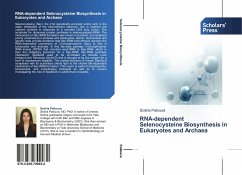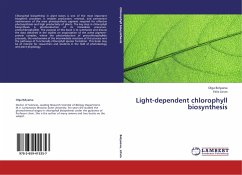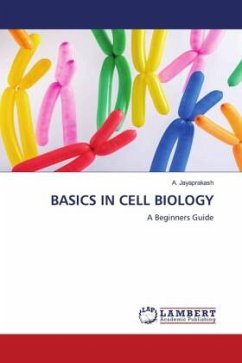Selenocysteine (Sec), the 21st genetically encoded amino acid, is the major metabolite of the micronutrient selenium. Sec is inserted into nascent proteins in response to a recoded UGA stop codon. The substrate for ribosomal protein synthesis is selenocysteinyl-tRNA. The mechanism of Sec-tRNA formation was known in bacteria, but remained poorly understood in archaea and eukaryotes. Herein, biochemical and genetic data provide evidence that Sec-tRNA biosynthesis requires the tRNA-dependent conversion of O-phosphoserine (Sep) to Sec in eukaryotes and archaea. In this two-step pathway O-phosphoseryl-tRNA kinase (PSTK) first converts seryl-tRNA to Sep-tRNA, which is then the obligatory precursor for a Sep-tRNA: Sec-tRNA synthase (SepSecS). SepSecS used to be annotated as Soluble Liver Antigen/Liver Pancreas (SLA/LP) and is thought to be the antigen for a form of autoimmune hepatitis. The crystal structure of human SepSecS complexed with its substrates sheds light to the vitamin B6-dependent mechanism of Sec-tRNA formation. This report is useful to biophysicists, biochemists, and evolutionary biologists as well as to anyone investigating the role of SepSecS in autoimmune hepatitis.








